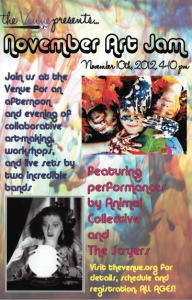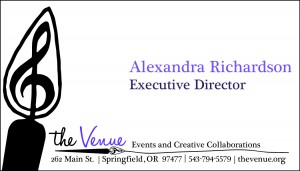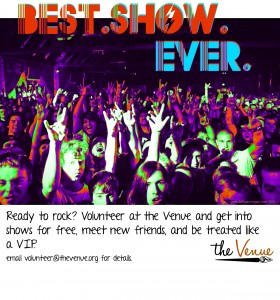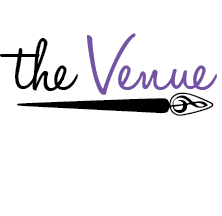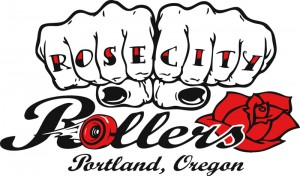AAD 450/550 Art in Society, Professor Fenn
10/14/12
Vocal Ornamentation in Contemporary Music
How did modern use of vocal runs in r and b and pop music evolve from classical usage? What are some of the other vocal flourishes that singers use on a regular basis? How do vocal techniques vary across these genres: classical, r and b, gospel, rock, commercial pop, and experimental or indie rock? In my field guide, I plan on identifying different techniques that singers use to make a vocal line sound more interesting, display their vocal prowess, or express whatever emotion they are trying to convey more accurately. I will also explore the history of vocal ornamentation. I will look to examples of vocal ornamentation largely in contemporary American music. To narrow down the artist choices, I will use the Billboard charts (http://www.billboard.com/charts/billboard-200#/charts), investigating the singing styles and ornament usage of approximately five artists from each genre that are currently charting, using them as case studies.
Vocal ornamentation is an individual skill, and generally hinges on the ability or talent of one person performing (as opposed to a group). However, vocalists, like all musicians, borrow from and are inspired by one another. We can see vocal techniques as at art world because of the tremendous influence vocalists have on one another. Even though soloists do not, by nature, sing together, the style in which each sings is inevitably informed by his or her peers and musical icons. The same could be said for any artist. A network is built between singers because of their shared sources of musical inspiration and education. It goes without saying (though I will say it anyway), that this is true now more than ever with the advent of the Internet, as access to videos and songs is virtually unlimited.
I will focus heavily on the use of melisma in my field guide, which Wikipedia defines as “. . . the singing of a single syllable of text while moving between several different notes in succession” (http://en.wikipedia.org/wiki/Melisma). Melisma is often referred to as a vocal run. Runs are difficult to master, and can be a form of showboating among both experienced classical and r and b vocalists. The below video is long, but brilliantly isolates and compares some of the more complicated vocal ornamentations that Beyonce and Christina Aguilera have performed live.
[youtube]http://www.youtube.com/watch?v=IeYJEjSbPfQ[/youtube]
In classical music, runs are rarely, if ever, improvised, but are written into the music by the composer. Here is a good example of the classical foundation of the current usage of melisma. It is “I Attempt From Love’s Sickness” by Henry Purcell, performed by Nancy Argenta
[youtube]http://www.youtube.com/watch?v=pPf-NLuCSOc&feature=share&list=PL72709501B126A453 [/youtube]
The pop singer Regina Spektor uses melisma in the chorus of 2010’s radio hit, “Fidelity.” Spektor has made vocal experimentation a centerpiece of her musical style. She often uses a rhythmic vocal delivery similar to rap, vocally echoes instrumental parts, and plays with the texture of hard consonant sounds, among other tricks. I will look at more examples of her work in my field guide. Watch “Fidelity” below.
[youtube]http://www.youtube.com/watch?v=wigqKfLWjvM&feature=youtu.be[/youtube]
The musician M.I.A. appeared in the dance/indie music scene in 2005, surprising listeners with track two of her album first album Arular, “Pull Up the People.” She uses an upward vocal slide that sounds a bit like a yelp or a call.
[youtube]http://www.youtube.com/watch?v=ySm46x00oQ0&feature=youtu.be[/youtube]
I have noticed the same technique applied by a multitude of singers since M.I.A. became prolific, from Canadian art rock band Braids, to a hint in pop country music star Taylor Swift’s new single, “We Are Never Getting Back Together.” In Swift’s song, the vocal flip lands somewhere between M.I.A.’s yelp and an intentional vocal break that jumps up in pitch, used commonly in pop and country music.
[youtube]http://www.youtube.com/watch?v=gcMn_Eu-XTE&feature=youtu.be[/youtube]
These examples are culled from the knowledge I already have of vocal features and ornamentation. In doing research for this project, I hope to discover patterns like the “vocal flip” in genres I don’t normally listen to, such as punk rock. I also want to investigate the way that music production software has influenced the skills a singer can display. Auto-tune, for example, has dramatically changed the sound of pop music in just a few years. Auto-tune often alters the sound of a vocalist’s voice to the extent that it’s sometimes hard to believe the origin of the vocal track was a real human being singing. The hip-hop musician T-Pain is the most popular example of this, as he was the first musician to gain widespread notoriety for using auto-tune as a main feature of a song. Listen to “Can’t Believe It” here.
[youtube]http://www.youtube.com/watch?v=kWBE0sQC5L8&feature=youtu.be[/youtube]
I plan on interviewing one or two voice teachers about their methods of teaching techniques like runs (is it even possible to teach a run? I’m not sure). I also would like to record an audio guide to the most commonly used ornamentations, possibly using my own voice to demonstrate. Finally, I’d like to make a downloadable playlist of some of the best examples of singers using ornamentation. I hope to lead a reader to a better understanding of why singers make the stylistic choices they do, and demonstrate how a well-placed vocal ornament can add the power or beauty of a song.


